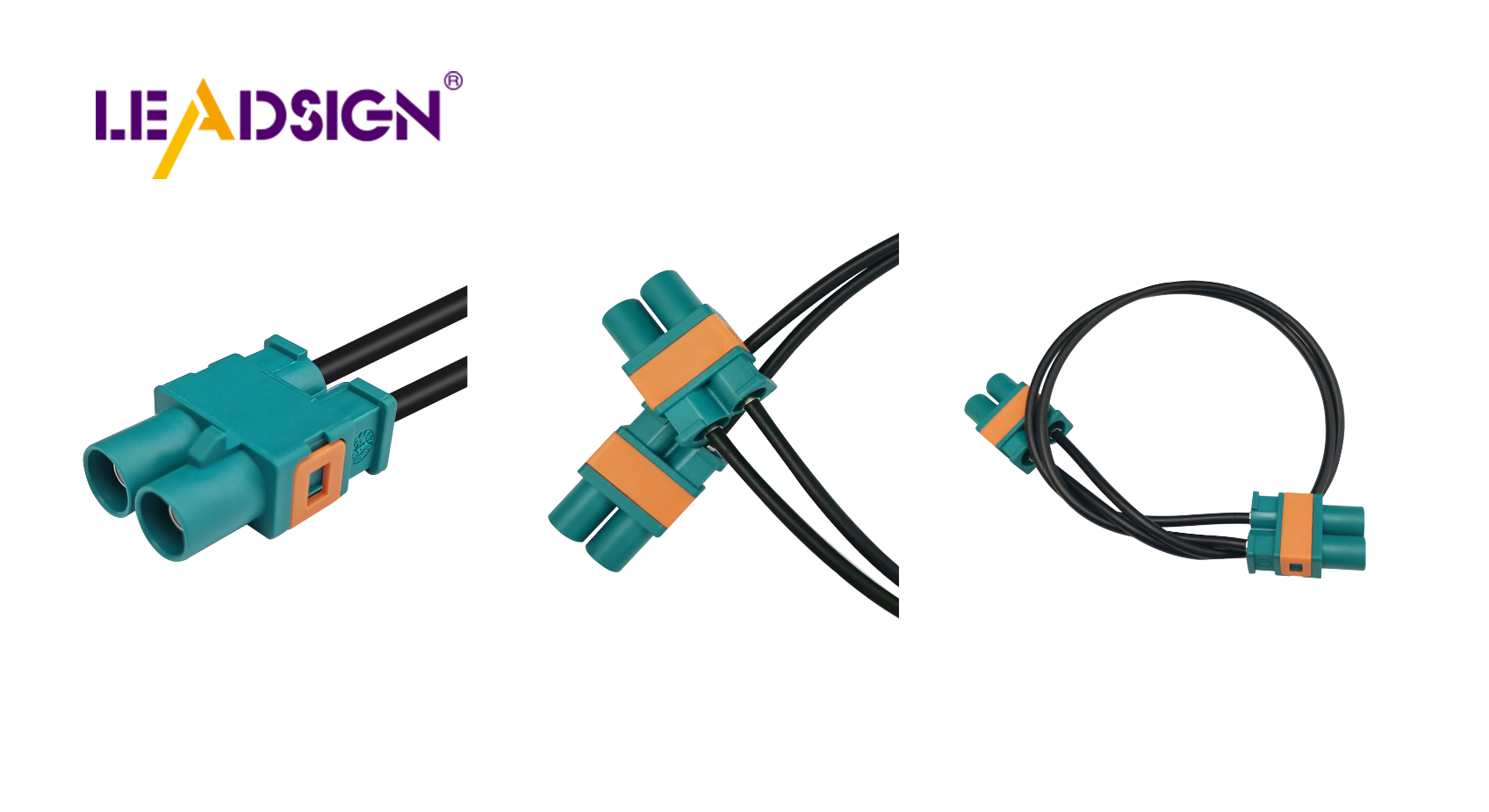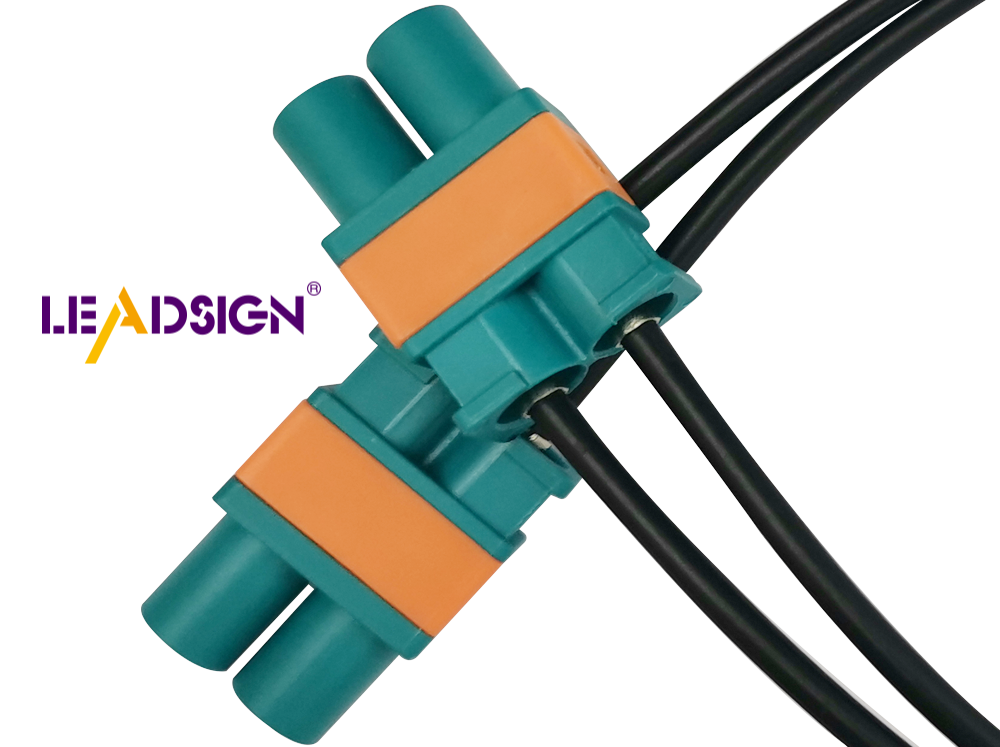A Guide to Coax Cable Types and Their Quality Standards

Coax cables are important for communication today. They send data, video, and voice signals well. This makes them needed for internet, TV, and phones. In 2023, over 5.4 billion people use the internet. So, good signal cables are very important now. Knowing about different coax cables helps you buy the right one. This way, you pick the best cable for home or work setups.
Understanding Coax Cables
What Are Coax Cables?
Coax cables are special wires. They send signals without losing much quality. These cables have several layers. Inside, there's a copper wire. Around it is plastic insulation. Then, there's a braided layer for grounding. The outside has another insulating cover. This design helps them carry signals far without losing strength. You see them in many places like phones, TV, and computers.
General Applications of Coax Cables
Coax cables are important in today's tech world. They help send signals between devices like radios and TVs. They work well because they don't lose signal easily. This makes them great for cable TV and fast internet. They're also used for sending data and sound or video signals in networks. Their design keeps the signal strong even when there’s lots of electronic noise around.
Product Information:
Coaxial Cables are simple to set up and last long.
They're good for home use or small data networks.
They keep the signal steady and stop interference.
By knowing about coax cables, you can choose the right one for your needs.
Types of Coax Cables

Knowing different coax cables helps you pick the right one. Each type has special uses and features.
RG6 Coax Cable
Specific Uses
RG6 is common in homes for TV and internet. It handles high signals well, perfect for satellite TV. Its thick wire and good cover send signals far without losing quality.
Differences from Other Types
RG6 is cheaper and bends easily compared to others. It's better than RG59 for internet use. Though RG11 can handle higher signals, RG6 is liked for its cost and performance balance.
RG11 Coax Cable
Specific Uses
RG11 is great for sending signals far. Use it outside or between buildings. Its thick build keeps signal strong over long distances, good for high signals.
Differences from Other Types
RG11 is thicker than RG6, so it works with higher signals but costs more. While RG6 bends more, RG11 is better for long-distance use. Its 75 Ohm makes it fit many devices.
RG59 Coax Cable
Specific Uses
RG59 is used in low-signal tasks like old CCTV or short video links. It's thin, so not great for high signals but fits specific needs needing flexibility.
Differences from Other Types
RG59 is thinner than both RG6 and RG11, limiting it to low-signal uses. It’s not as good as RG6 for internet or satellite TV but cheaper and flexible where high signals aren't needed.
Quality of Coax Cables
Knowing coax cable quality helps you get the best use. Let's look at what makes these cables good.
Why Shielding Matters
Shielding is very important for keeping signals clear in a coax cable. It blocks bad signals like EMI and RFI. Without it, outside signals can mess up your data, causing problems.
Good Shielding Helps:
Stops losing signal.
Cuts down on interference.
Keeps signals strong and steady.
A study shows cables with good shielding keep signals clear. Pick cables with strong shielding for best results.
What Impedance Means
Impedance is key to coax cable quality. It’s how much a cable resists electrical flow. Matching impedance with devices is important for good signal flow.
Impedance Facts:
Right match stops signal bounce back.
Allows full power transfer.
Boosts system performance.
For homes, a cable with 75 Ohms works well. This fits most TVs and internet gadgets, giving great viewing and browsing.
Material Quality Matters
The stuff used in coax cables affects how long they last and work. Good materials make them last longer and work better.
Material Factors:
Copper wires conduct electricity well.
Strong insulation stops damage.
Good materials fight off moisture and heat changes.
When picking a coax cable, check the material quality. Good materials mean fewer replacements and steady performance.
By knowing these standards, you can pick the right coax cables. This helps you choose what fits your needs at home or work setups.
Picking the Right Coax Cable
Choosing the right coax cable is important. It helps signals work well. Know what you need and think about quality and cost.
Understanding Your Needs
To pick a good cable, know what you need. Think about these:
Use: Do you need it for internet or TV? Different uses need different cables.
Length: How long does the cable need to be? Long cables might need better shielding to keep signals strong.
Place: Will it be inside or outside? Outside cables should be tough and weatherproof.
By thinking about these, you can find the right cable for you.
Balancing Quality and Cost
When picking a cable, balance how good it is with how much it costs. Think about this:
Quality: Look for cables with good shielding and materials. They help signals stay clear.
Cost: Better cables might cost more but last longer. Think about your budget and if it's worth spending more.
By checking both quality and cost, you can get a good deal.
Helpful Tips for Choosing
Here are tips to help pick a coax cable:
Read Reviews: Find cables with good reviews on quality. Other people's thoughts can help.
Match Impedance: Make sure the cable's impedance fits your devices. This keeps signals working well.
Look at Connectors: Check if connectors fit your devices. This makes sure they connect properly.
Follow these tips to choose a reliable coax cable that works for you.
Understanding coax cables is important for good performance. Picking the right cable helps signals work well and stops interference. Think about frequency, impedance, shielding, and connectors to fit your needs. For TV, use an RG-6 cable with 75 Ohms for better reception. Balance quality and cost; a good cable lasts longer and works better. Make smart choices to keep signals clear and steady.
See Also
Why FAKRA Coaxial Cables Are Essential for Vehicles
Harnessing the Strength of FAKRA Coaxial Cables
Maximizing the Potential of FAKRA Cable Connectors
Exploring the Flexibility and Advantages of FAKRA Connectors

